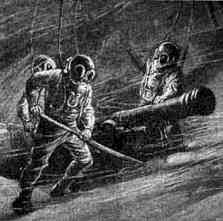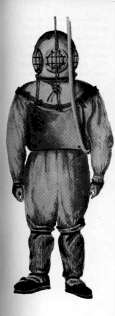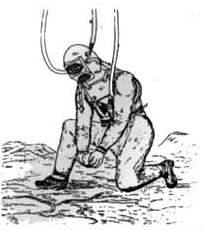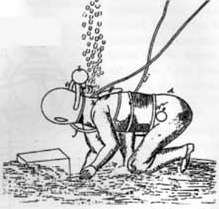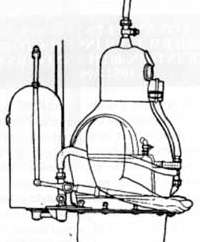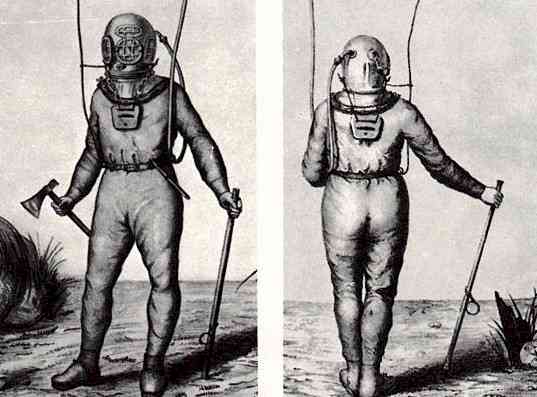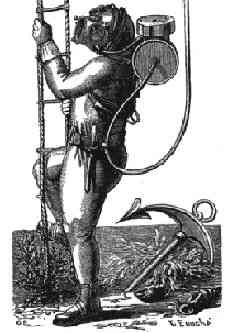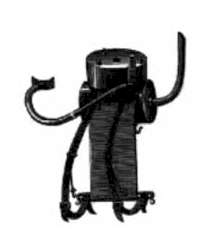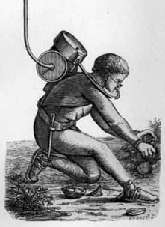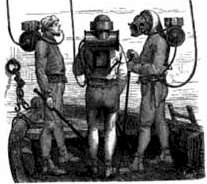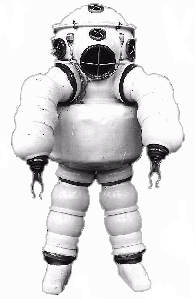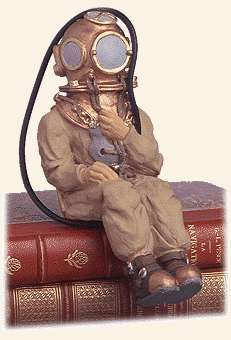Was colonel in the British Navy. In 1840 Siebe gear was used by him and his divers in a salvage operation on the Royal George at Spithead in England. The gear was quickly accepted. Till then the divers only had experience with "open helmets" based on the ideas of the Deane brothers. In December 1840 Pasley wrote a letter to the Admiral of the British Navy. He stated that the Siebe apparatus was the best he knew. By this statement of a high placed person Siebe became to be known as THE producer of diving apparatus. Pasley too suggested improvements. He had the idea to split the helmet in two pieces. The lower part (corselet) is attached to the suit and the upper part (bonnet) is attached to the corselet, by means of an interrupted thread facility. Siebe took over this idea as well.
